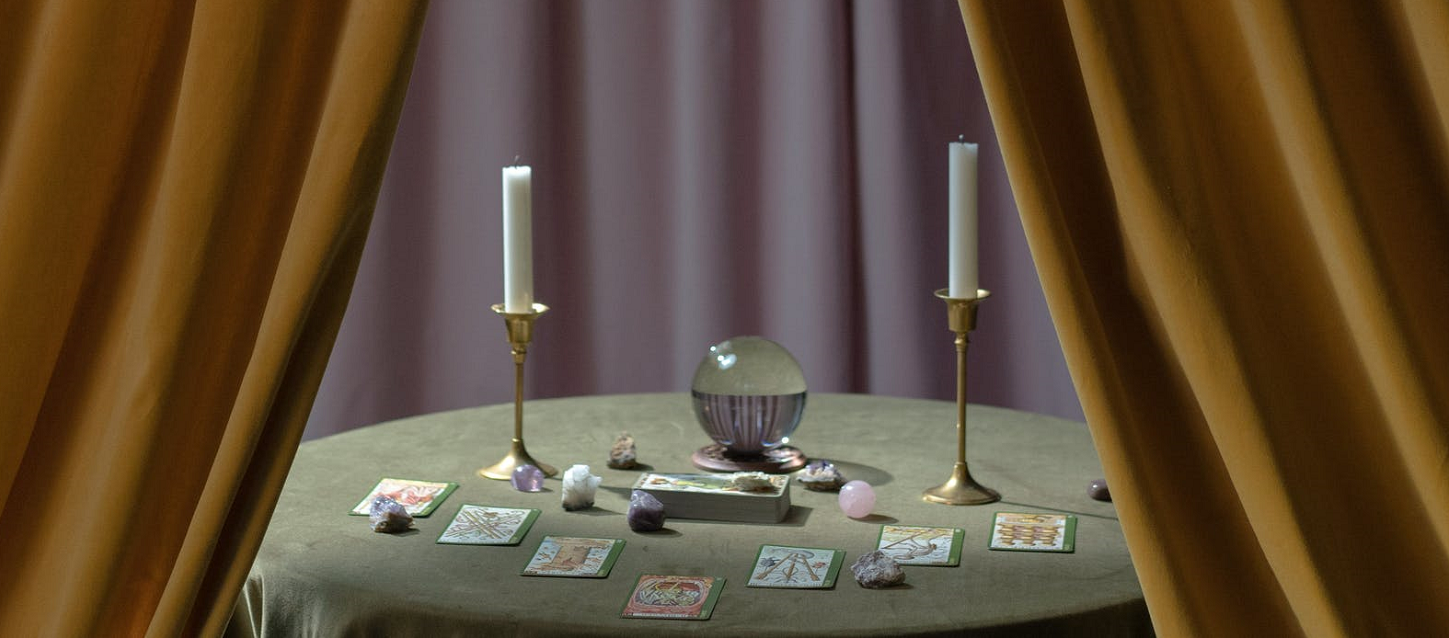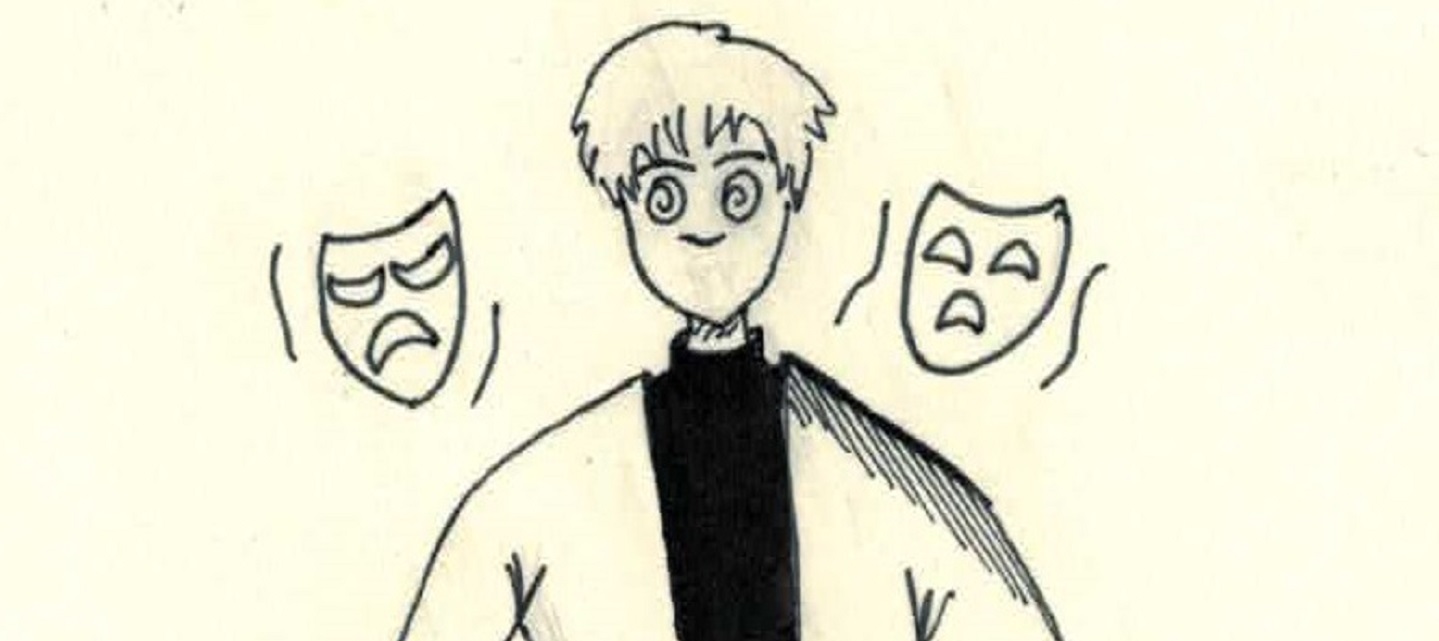Tag: Featured
-

Larp in Leadership Development at the Royal Norwegian Naval Academy (RNNA)
in
Naval cadets became more role flexible as a result of the use of larp in training, and those who were positively inclined gained greater benefits.
-

Let Me Look into Your Future
in
Building and using a custom set of cards for divination within a larp – embracing serendipity and creating magic.
-

10 (+1) Tips for Larpers Over 35
in
A great list of ways to use your age and experience to enhance your larping.
-

Creating Magical Romance Play
in
How do we use romantic play to deepen a character, creating an engaging story about emotions that enriches play for all parties involved.
-

Recipe for a Magical Larp Experience
in
Mix all the ingredients — diversity, dialogue, awareness, and more — in a venue of your choice. Enjoy your magical larp experience and remember to share with your co-players.
-

Basics of Efficient Larp Production
in
An alternative mode of production to the Infinite Hours of labor often spent in larp organizing and volunteering.
-

The Magic of the Silicon Screen
in
Since the Covid-19 pandemic, mainstream larp has ventured into the magic of modern technology and what it has to offer.
-

Structured Feedback
in
How do you get feedback on your larp, and integrate it into your design process?
-

Atypical: Journeys of Neurodivergent Larpers
in
Needs and traits that must be highlighted for neurotypical players and organizers to better understand their neurodivergent counterparts.
